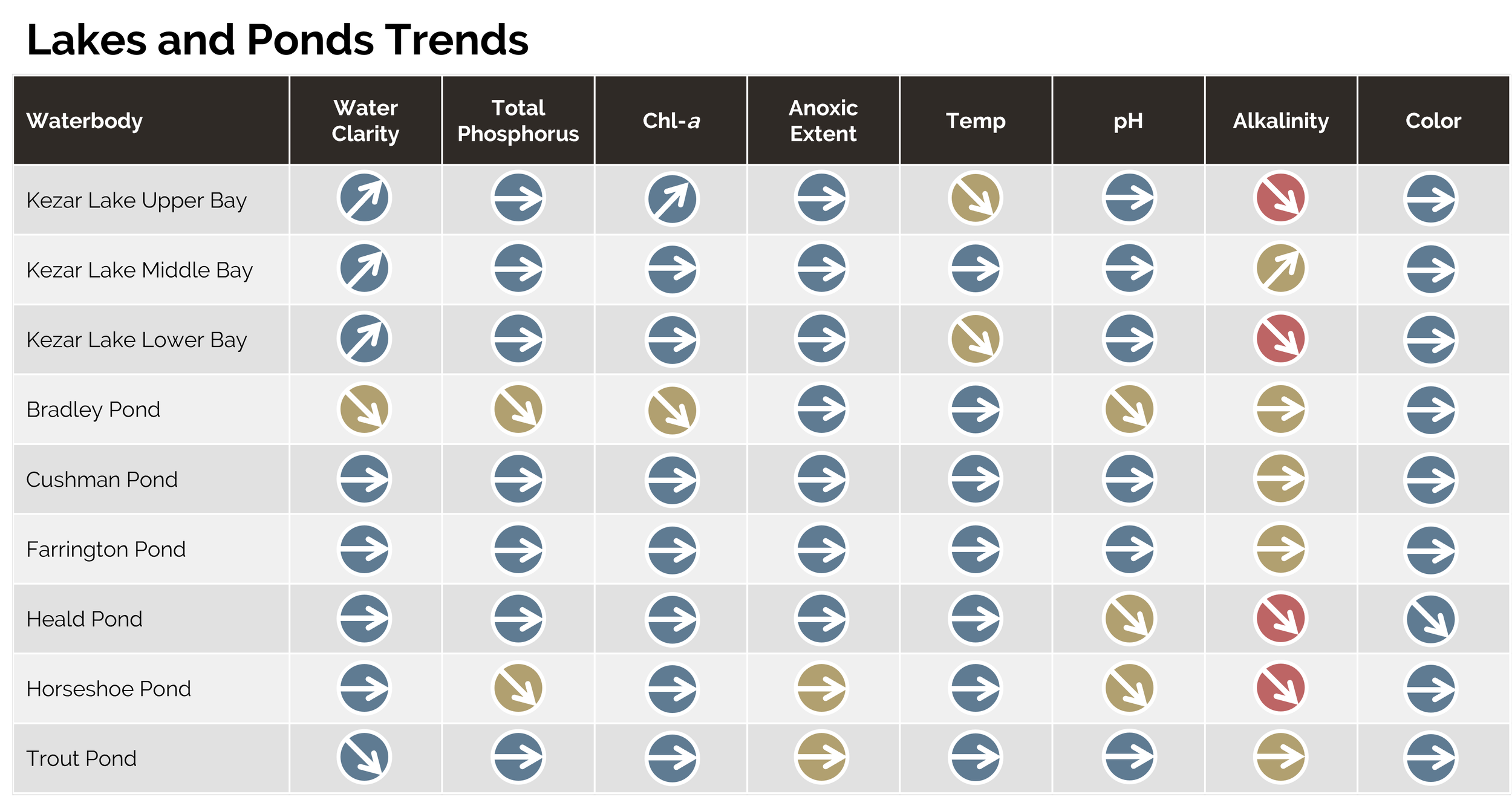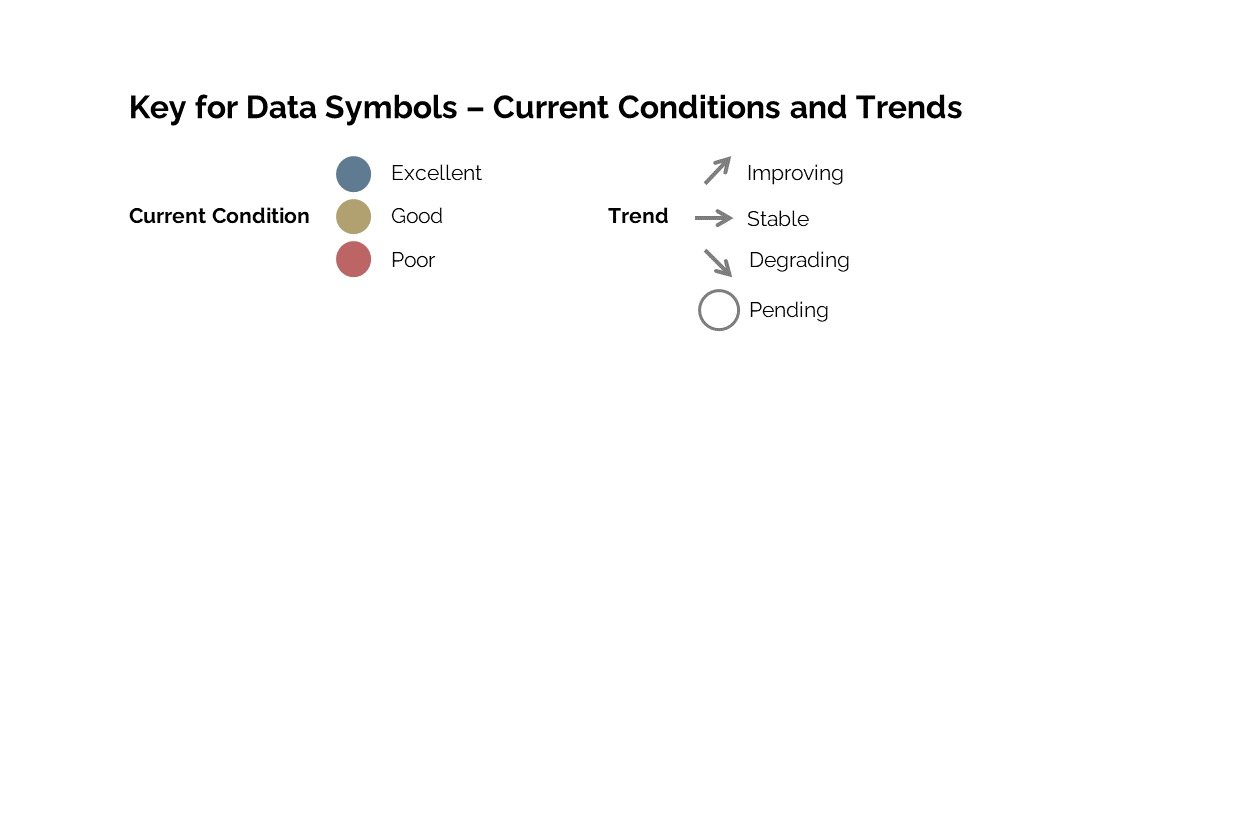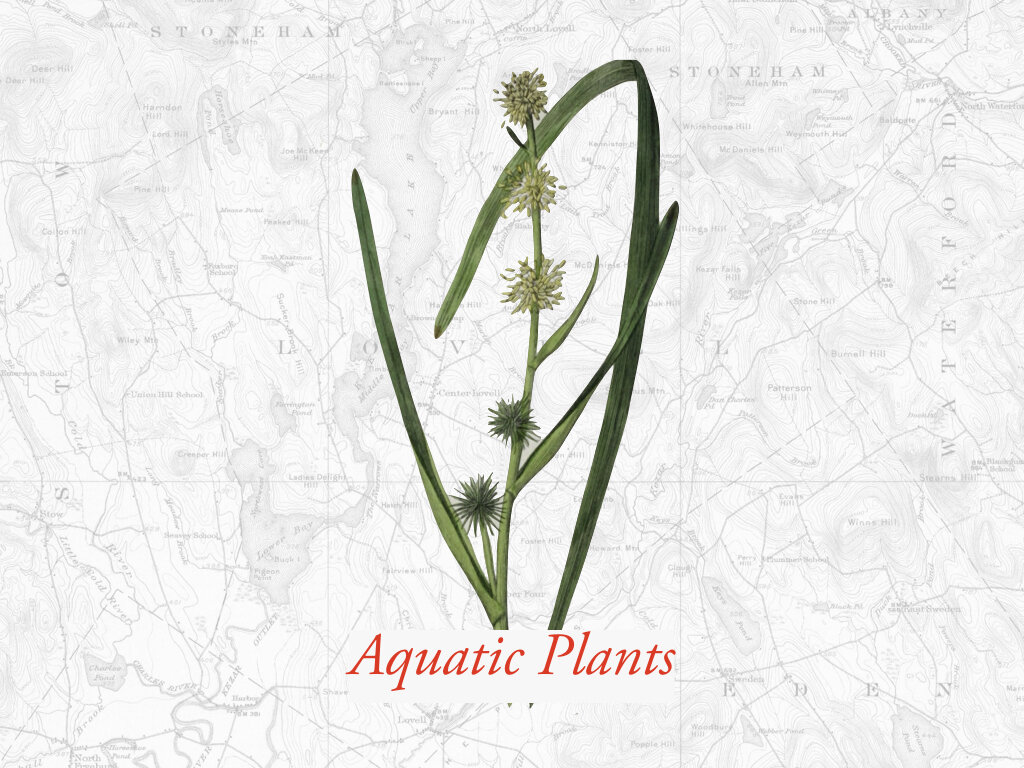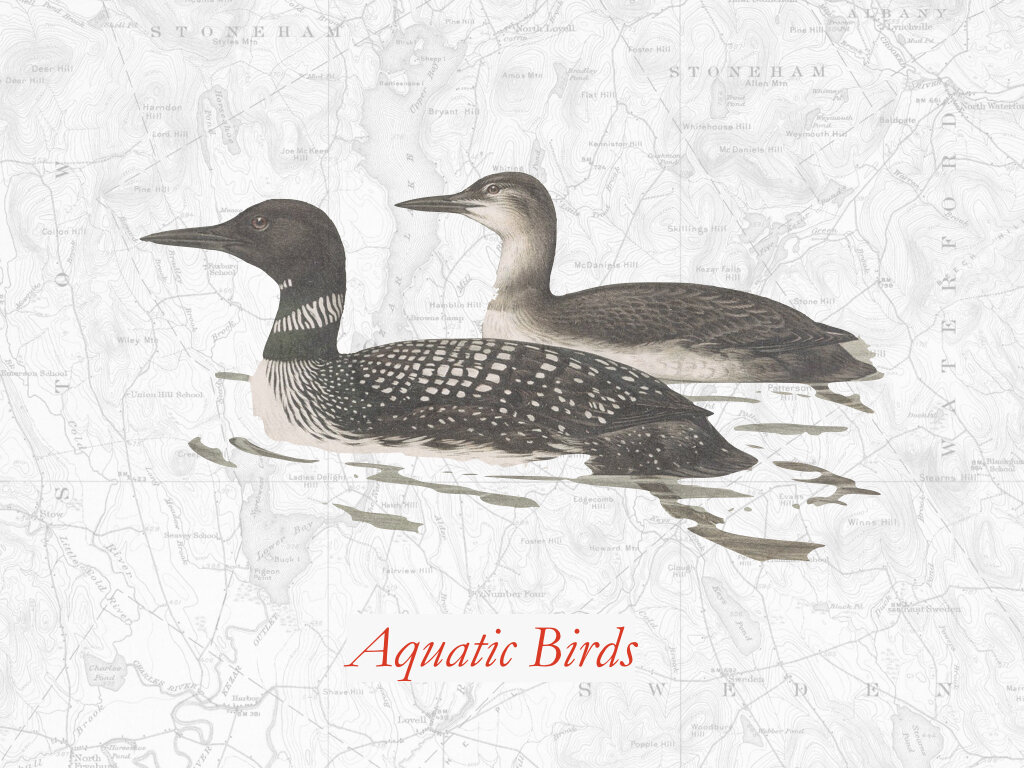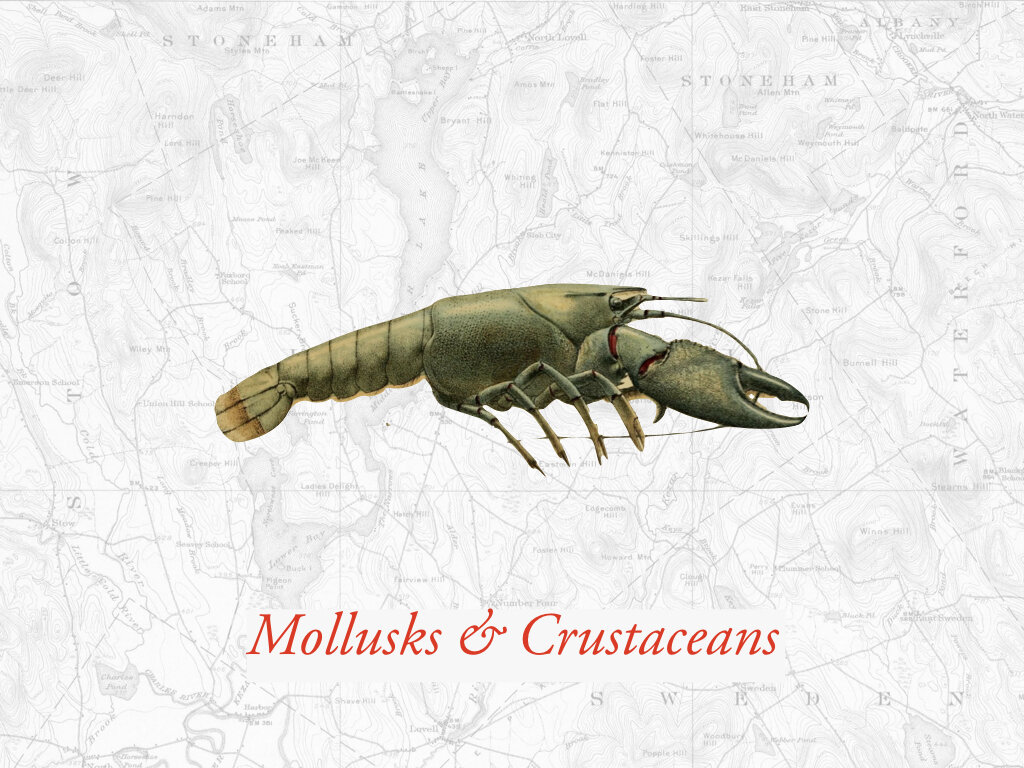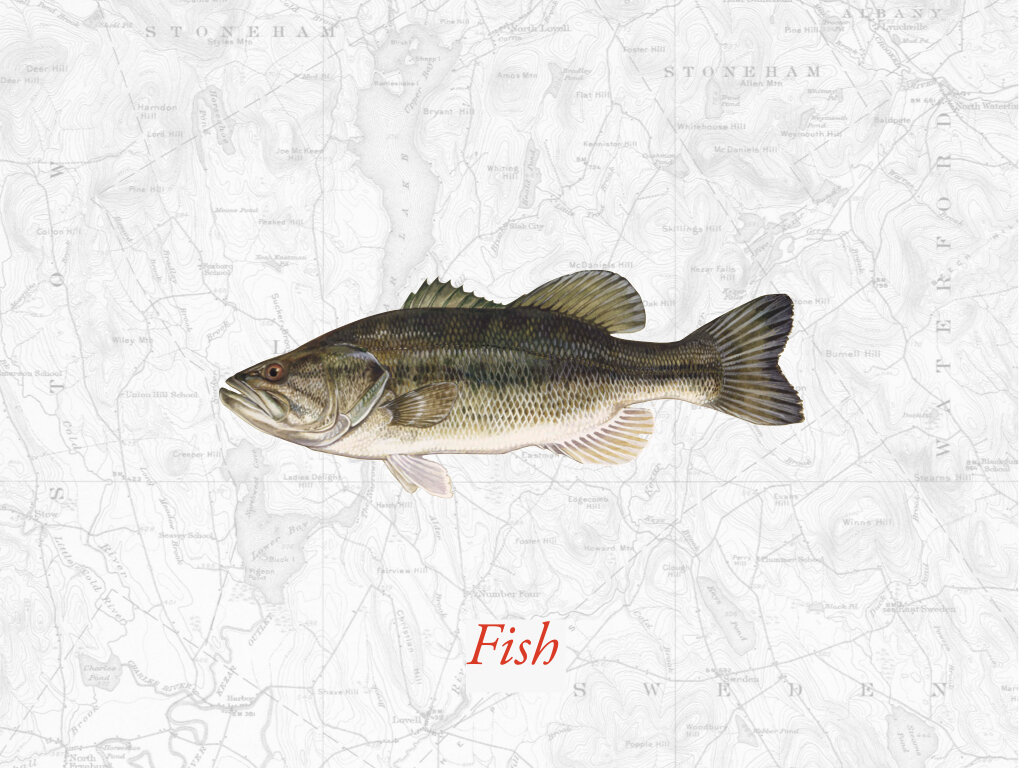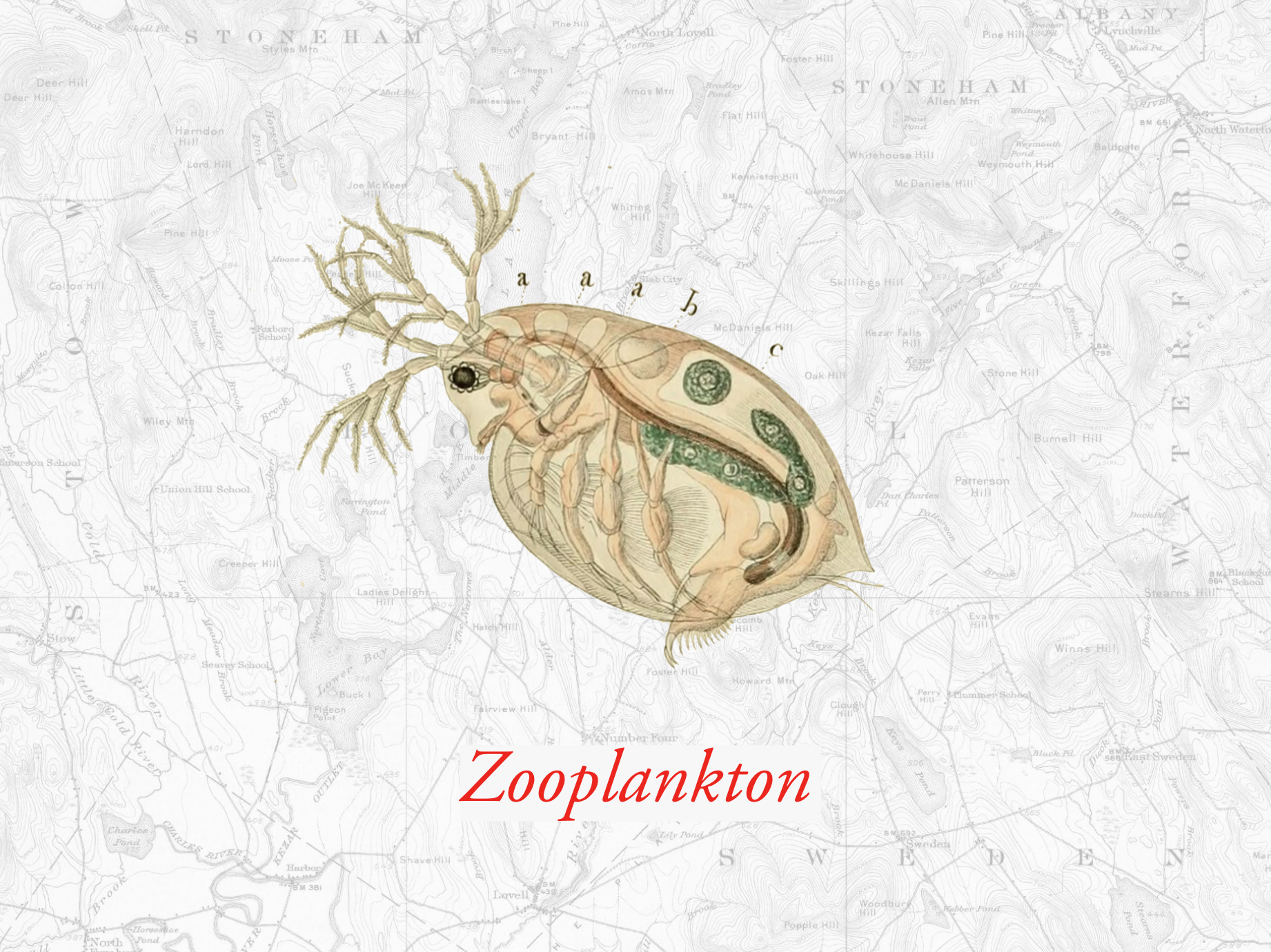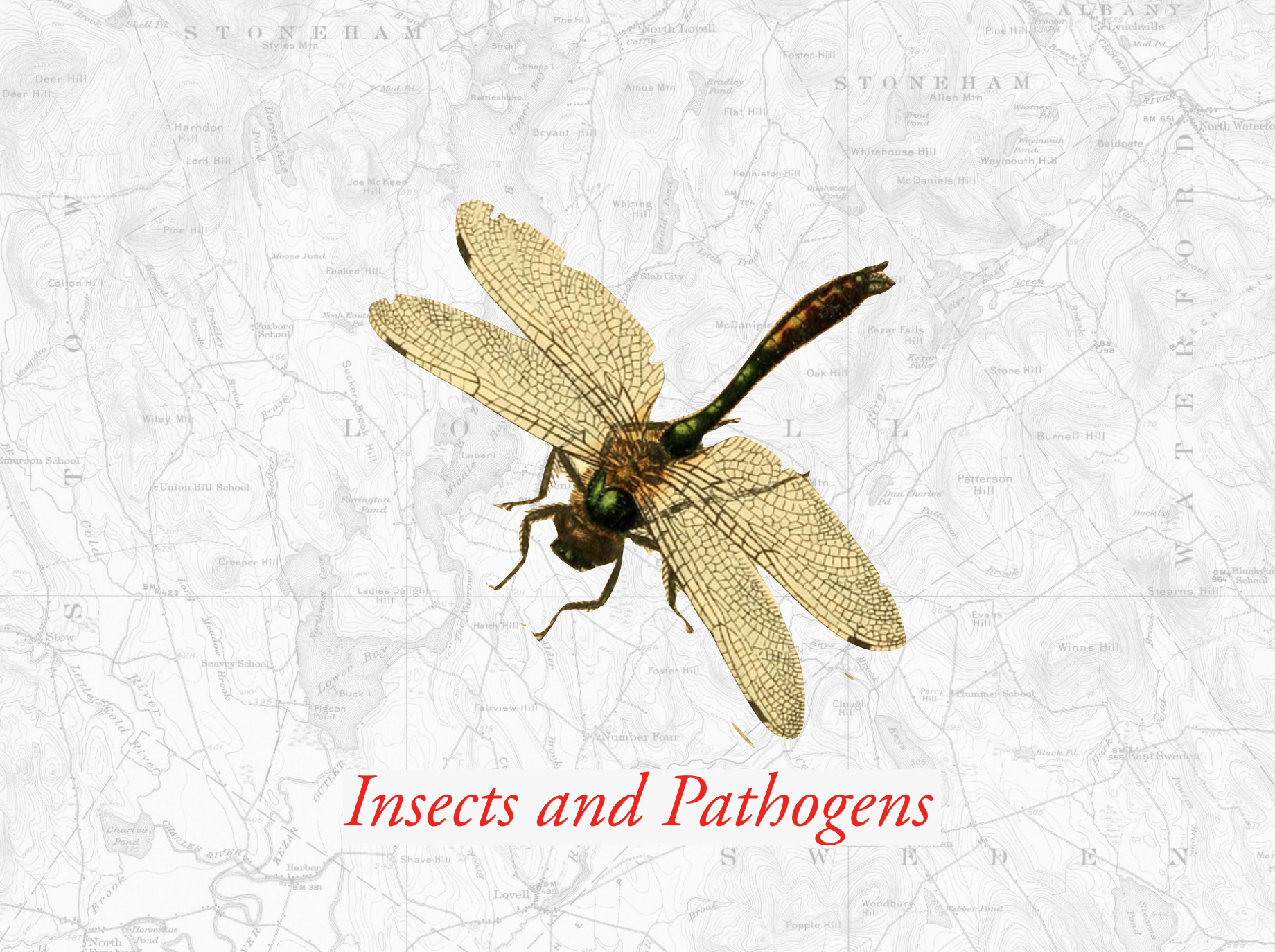Climate Change affecting Maine’s Lakes
As global air temperatures warm, Maine’s lakes are facing many challenges with regards to both water quality and species survival. Here are some impacts that are already occurring:
Surface waters are more susceptible to aquatic invasive plants, including milfoil, as native species composition and distribution change.
Different species composition are causing a shift in the ecological balance of water and nutrient cycles that could degrade water quality over time.
More frequent and intense rain events are causing more sediment and nutrients to wash off the landscape to nearby surface waters, fueling algal blooms.
Earlier snowmelt is causing changes in seasonal duration and timing of spring, which greatly impacts life cycles, including the growth and survival rates of loons and other bird species.
Earlier spring turnover in the lake and ponds may also fuel algal blooms and cause more prominent late summer low dissolved oxygen levels, impacting fish and other aquatic species.
Local Water Trends summary
Water quality data has been collected in the Kezar Lake watershed since 1970. These data provide a wealth of long-term information from which we can judge the health of the lake, ponds, and streams in the watershed. Because water quality can fluctuate significantly from year-to-year depending on local conditions and activities within the watershed, analyzing data over a longer time period can reveal subtle, yet steady directional changes in water quality.
See the tables below for more information on how water quality parameters have been changing in the Kezar Lake watershed.
Generally, most water quality parameters measured in the Kezar Lake watershed have been stable or improving and are in excellent condition, with some notable exceptions:
Dissolved oxygen is regularly anoxic (< 2 ppm) at Bradley, Horseshoe, and Trout Ponds, impacting >10% of lake bottom area.
Surface water temperature shows a degrading trend of increasing temperature at the upper and lower basins of Kezar Lake. This is very likely the result of rising air temperatures, but could also be from changes in precipitation patterns – both of which are the result of climate change.
pH shows a degrading trend of increasing acidity at Bradley, Heald, and Horseshoe; this is despite regional improvements in acidic conditions in surface waters following the Clean Air Act in the 1970’s. pH is low (acidic) in all waterbodies.
Alkalinity shows a degrading trend of decreasing buffering capacity (to protect against major swings in pH) at the upper and lower basins of Kezar Lake and Heald and Horseshoe Ponds. All sites have extremely low alkalinity (< 5 ppm), which is a natural condition for the region; thus, condition assessment is based primarily on the presence of degrading trends.
If you are interested in viewing the water quality trends by individual body of water, click the link below:
Species Trends
Learn more about the impacts of climate change on our aquatic species by clicking on the buttons below.
Projections
The Kezar Lake watershed will experience a switch from northern to more southern species as native, cool-weather-loving species are forced further north. This will also foster the spread of more southern species of potentially-harmful pathogens.
Alkalinity in surface waters with a low-carbonate geology will continue to decline due to reduced snowpack and loss of soil carbon dioxide.
There is growing evidence that potentially-toxic cyanobacteria may increase in prevalence even in low-nutrient lakes as a result of warming waters.
references
Fernandez, I., S. Birkel, C. Schmitt, J. Simonson, B. Lyon, A. Pershing, E. Stancioff, G. Jacobson, and P. Mayewski. 2020. Maine’s Climate Future 2020 Update. Orono, ME: University of Maine. Available online at: www.climatechange.umaine.edu/wp-content/uploads/sites/439/2020/02/Maines-Climate-Future-2020-Update-3.pdf
Fernandez, I.J., C.V. Schmitt, S.D. Birkel, E. Stancioff, A.J. Pershing, J.T. Kelley, J.A. Runge, G.L. Jacobson, and P.A. Mayewski. “Maine’s Climate Future: 2015 Update.” Orono, ME: University of Maine (2015): 24 pp. www.climatechange.umaine.edu/research/publications/climate-future
Horton, R., G. Yohe, W. Easterling, R. Kates, M. Ruth, E. Sussman, A. Whelchel, D. Wolfe, and F. Lipschultz, 2014: Ch. 16: Northeast. Climate Change Impacts in the United States: The Third National Climate Assessment, J. M. Melillo, Terese (T.C.) Richmond, and G. W. Yohe, Eds., U.S. Global Change Research Program, 16-1-nn. http://nca2014.globalchange.gov/report/regions/northeast
IPCC [Core Writing Team, R.K. Pachauri and L.A. Meyer (eds.)]. “Climate Change 2014: Synthesis Report. Contribution of Working Groups I, II and III to the Fifth Assessment Report of the Intergovernmental Panel on Climate Change.” IPCC, Geneva, Switzerland: (2014): 151. http://www.ipcc.ch/pdf/assessment-report/ar5/syr/SYR_AR5_FINAL_full.pdf
Meyer, Judy L., et al. “Impacts of climate change on aquatic ecosystem functioning and health.” Journal of the American Water Resources association 35.6 (1999): 1373-1386.
Stewart, Iris T., Daniel R. Cayan, and Michael D. Dettinger. “Changes toward earlier streamflow timing across western North America.” Journal of climate 18.8 (2005): 1136-1155.


